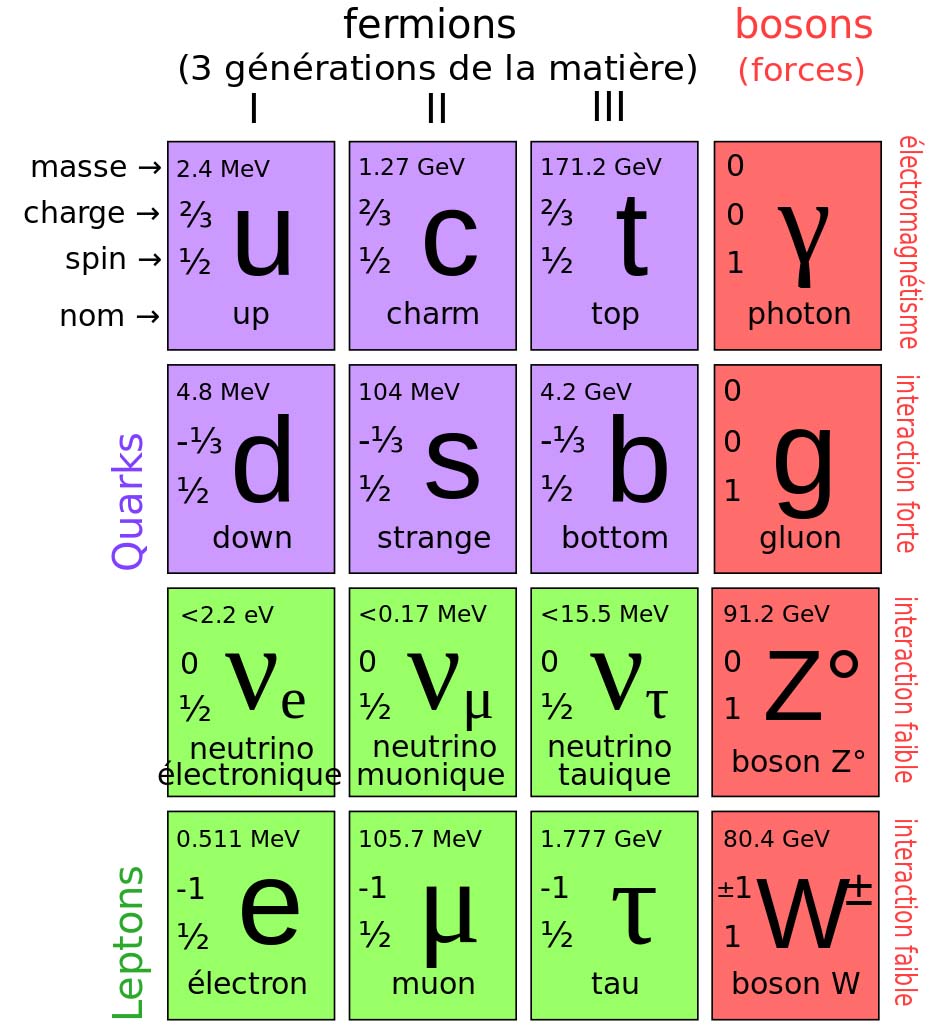
Everyone knows what the Symmetry of an Object is; it is its Reflection in a Mirror. In the mirror, the image of the object is reversed, meaning the notions of right and left are inverted.
The Laws of Physics are the same everywhere in the universe and at all times. This means that no matter where you are or when you observe, the rules governing nature do not change. We can say that "the laws of physics are invariant in spacetime." This reflects a fundamental notion of Einstein's special and general relativity, where space and time are interconnected in a single fabric called "spacetime."
In the Universe, a symmetry is a transformation that leaves an object unchanged. A physical system is symmetric if it remains invariant under any transformation operation.
Imagine an empty universe and launch an object into the void of space. The object will acquire motion, and at each moment, its position will change. Given that the laws of physics are invariant in spacetime, the situation of the object at instant (t) is equivalent to the situation of the object at instant t+1, t+2, t+3, etc. All situations are identical, and the momentum will be conserved eternally.
In physics, in the absence of external influence, all bodies persist in uniform rectilinear motion. This translational symmetry forces the object to maintain its motion, explaining why the object moves in a straight line at a constant speed.
This thought experiment can be done with a rotating object. If we rotate the object on itself, the object retains its motion, resulting in rotational symmetry and temporal symmetry.
The symmetries of the universe thus force objects to maintain their motion. But each symmetry imposes the conservation of a quantity over time.
N. B. : Noether's Theorem — For every infinitesimal transformation that leaves the action integral invariant, there is a conserved quantity. Amalie Emmy Noether (1882 – 1935) was a German mathematician specializing in abstract algebra and theoretical physics.
Noether's theorem also applies to the quantum field, such as the electron field. Similarly, the laws of physics describing electrons do not change when the phase of all complex numbers in the field is rotated simultaneously. The conserved quantity is Electric Charge. According to Noether's theorem, it is only when the universe exhibits symmetry that these quantities are conserved.
Our real universe does not seem symmetrical; it is not the same everywhere, containing stars and planets. It does not seem symmetrical over time either, as it expands. If we launch an object on Earth, its momentum is not conserved; it accelerates or decelerates. Yet the laws of physics do not change!
To maintain the absolute nature of the laws of physics, it was necessary to add a structure or force field to the laws. This is how the concept of spacetime curvature (deformation) emerged in the theory of general relativity (Rμν-1/2gμνR = (8πG/c4)Tμν). This structure allows the universe to be described from any point of view.
In particle physics, to restore the invariance of the laws, it was necessary to add fields (fundamental interaction fields). The same applies to the laws describing electrons (L=ψ(iδ-m)Ψ+JμδμΦ). To restore symmetry, regardless of the reference level chosen, it is necessary to introduce a kind of force field with which the electron field interacts. This field is the electromagnetic field containing particles (photons) interacting with electrons. It is because the universe possesses symmetries that the objects within it obey laws. Symmetries help us understand the construction of physical theories.
Thus, by considering the laws of physics as absolute, we could imagine the presence of new structures (spacetime curvature, Higgs field, electromagnetic field, etc.). By observing certain properties of particles, symmetries revealed that baryons are composed of three more elementary components (quarks), which follow a symmetry based on the number 3. Changing the charge, spatial orientation, and temporal orientation of all particles corresponds to a symmetry. It is from this discrete symmetry that antiparticles emerged.
N. B. : Certain transformation groups are called discrete because they contain a finite number of elements (electric charge, spin, angular momentum, etc.): these are called discrete symmetries.

The Standard Model aims to describe the interactions of elementary particles. One of its fundamental principles is based on respecting symmetries, which designate the mathematical transformations allowing the transition from one representation of particles to another while keeping the form of the equations unchanged.
However, if the laws of physics must remain invariant, some of their solutions may not be symmetrical. Paradoxically, our material universe was born from a symmetry breaking. Yoichiro Nambu (1921-2015), Makoto Kobayashi (1944-), and Toshihide Maskawa (1940-2021), all three Nobel laureates in physics in 2008, explained the spontaneous symmetry breaking of matter-antimatter that occurred at the beginning of the universe. The Universe contains virtually no antimatter.